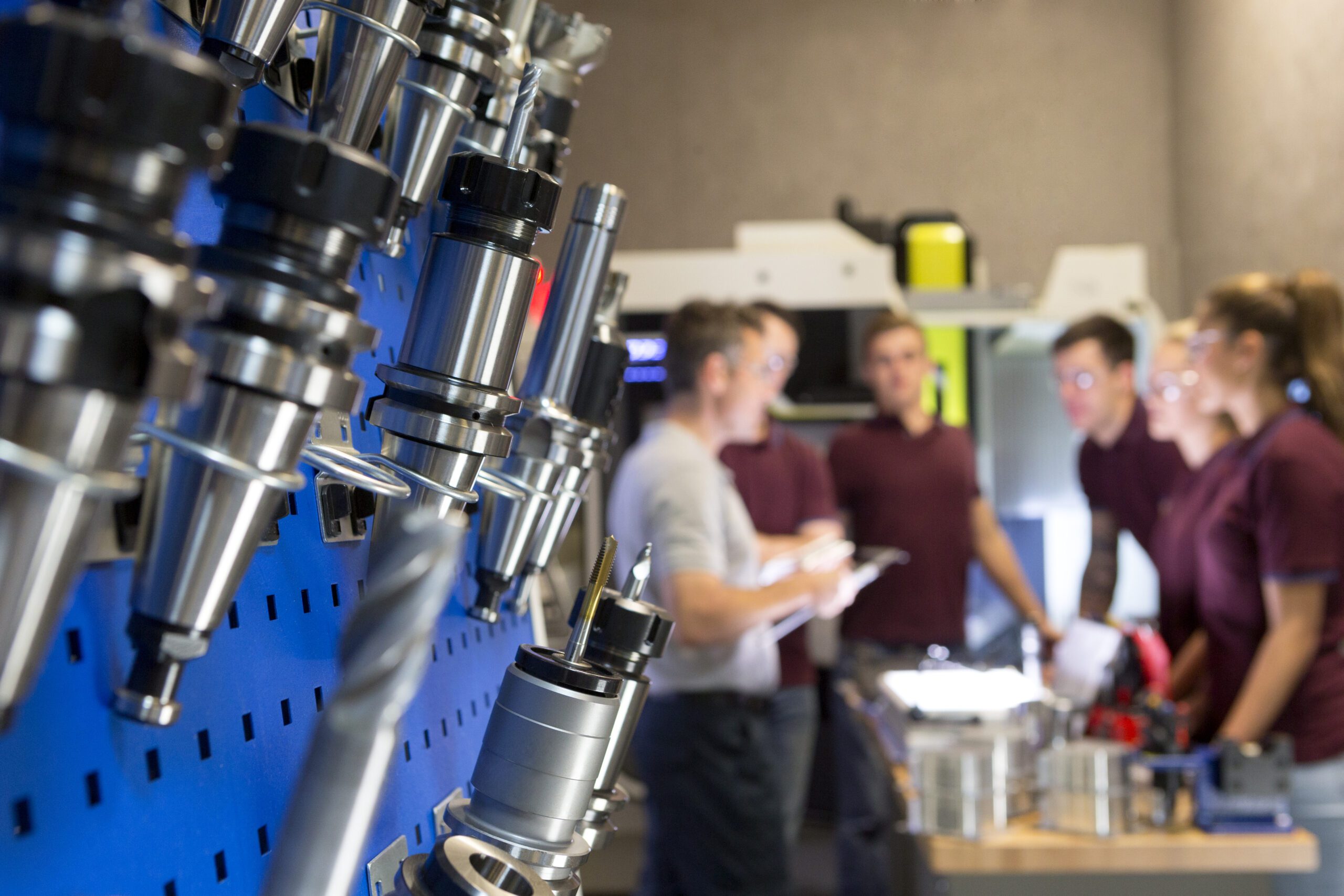Recent News
The Outlook of Metal Cutting and Fabrication in 2024


As we approach the close of 2023 and anticipate the trends of the upcoming year, the world of metal cutting and fabrication stands at the brink of some exciting evolutions. The intersection of technological advancements, sustainability demands and ever-changing industrial needs has paved the way for innovative developments in this sector. Here’s a closer look at the anticipated landscape of metal cutting and fabrication in 2024.
Automation and Robotics
With the relentless march of Industry 4.0, the integration of automation and robotics in metal cutting and fabrication will further intensify in 2024. The demand for precision, speed and repeatability is pushing industries to adopt automated solutions.
Robotic arms, programmed for precision cutting, welding and assembling, will become more commonplace. These machines will not only enhance productivity but also reduce human errors and workplace injuries. Furthermore, with the advancements in machine learning and AI, these robotic systems are expected to become smarter, requiring less human intervention and being capable of making on-the-spot decisions based on real-time data.
Sustainability and Eco-friendly Practices
The global push towards sustainability is reshaping every industry, and metal cutting and fabrication are no exceptions. In 2024, there will be a heightened demand for processes and tools that minimize waste, use energy efficiently, and have a reduced carbon footprint.
Recycling and upcycling of metal scraps, eco-friendly coolants and the utilization of renewable energy sources in fabrication plants are expected to become standard practices. Companies that can position themselves as ‘green’ or environmentally friendly might also find a competitive edge in the marketplace.
Advanced Materials and Alloys
The coming year will witness a rise in the use of advanced materials and alloys, designed for specific applications and offering enhanced properties. From corrosion-resistant alloys to metals designed for high-temperature applications, the demand for specialized materials will grow in sectors like aerospace, automotive, and renewable energy.
The challenge will be in developing fabrication processes tailored for these advanced materials, ensuring their unique properties are maintained during and after the fabrication process.
Laser and Water Jet Cutting
Laser cutting, already a dominant force in the industry, will continue to evolve with advancements in power, precision and speed. The ability to cut intricate designs with minimal waste has made it a preferred choice for many.
Parallelly, water jet cutting, known for its ability to cut without generating heat, is gaining traction. As the industry works with an increasing variety of materials, including those sensitive to high temperatures, water jet cutting provides an excellent alternative.
Software and Digital Twins
The digital transformation of the fabrication industry is poised to take a leap forward in metal cutting and fabrication in 2024. Advanced software solutions will play a pivotal role in everything from design to inventory management.
One of the most exciting developments is the rise of digital twins – virtual replicas of physical assets. These digital representations allow manufacturers to simulate and test various scenarios before the actual fabrication, leading to optimal utilization of resources, better product designs, and reduced time-to-market.
Personalized and On-demand Fabrication
With advancements in technology, especially 3D printing, the industry is shifting from mass production to more personalized, on-demand fabrication. This shift is particularly evident in sectors like healthcare (for implants and prosthetics) and automotive (for custom parts). The ability to produce bespoke pieces without the need for large-scale production runs will reshape the market dynamics and offer opportunities for nimble and adaptive players.
Skilled Workforce and Continuous Learning
While automation and robotics are on the rise, the need for a skilled workforce remains paramount. The changing landscape necessitates continuous learning and upskilling. Workers will need to be adept not just at the physical aspects of fabrication but also in understanding and working alongside automated systems.
Institutions and companies will need to invest in training programs, ensuring that the workforce is equipped to handle the challenges and opportunities of the modern fabrication world.
Metal cutting and fabrication in 2024 will continue to transform with the need for modern manufacturing solutions. As technological advancements merge with changing global demands, the industry will witness shifts in practices, priorities, and paradigms. Adapting to these changes will not just be a matter of survival but an opportunity for businesses to redefine their roles in this exciting new landscape. The future beckons with promise and potential, and those poised to embrace it will undoubtedly lead the charge in reshaping the world of metal cutting and fabrication.
—
At Davalyn, we take immense pride in our track record of assisting in metal working and manufacturing talent management, attraction and retention. Our ability to adapt, foresee industry trends, and provide timely solutions has solidified our reputation as industry leaders.
For a deeper dive into how we can streamline and enhance your metalworking talent strategies, please reach out to us today.
Check out our latest video
Exploring our target industries
At Davalyn, our tenured team of niche-focused talent acquisition experts takes on the hiring challenges of a diverse and growing set of industries. Make our perspectives your most powerful recruitment and retention resource.







